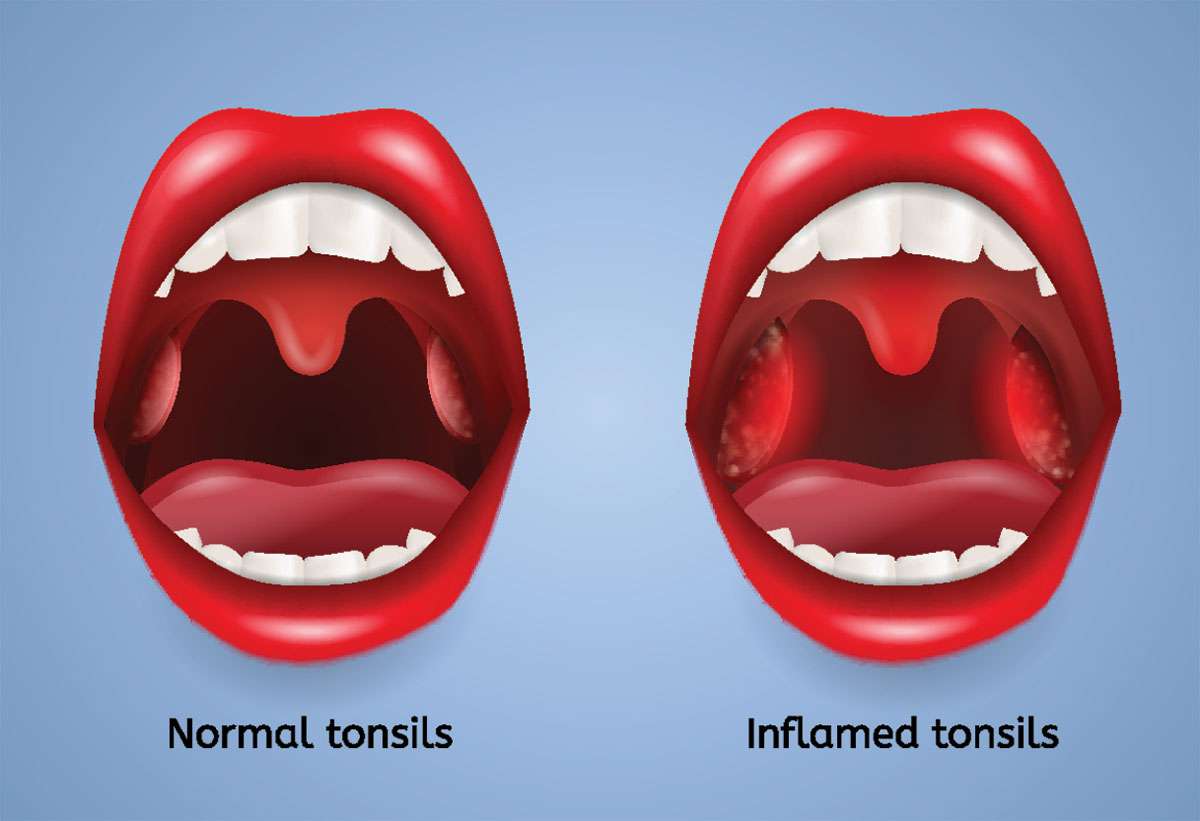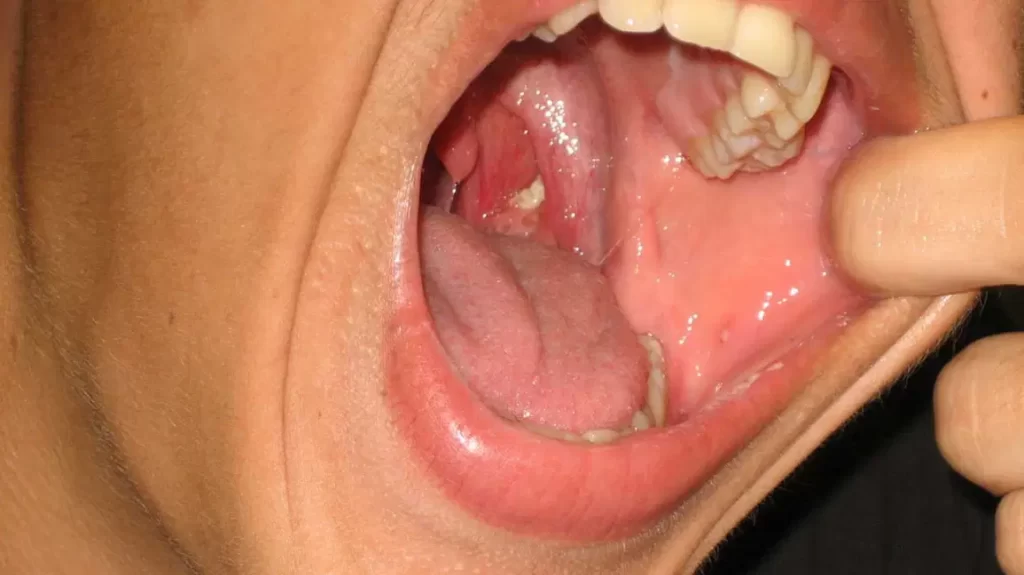Introduction:
can tonsils grow back after being removed Tonsillectomy, the surgical procedure to remove the tonsils, is a common medical intervention primarily performed to alleviate recurrent infections or other complications related to these lymphoid tissues. However, a lingering question often arises: Can tonsils grow back after being removed? In this exploration of the topic, we delve into the intricacies of tonsillectomy, the factors influencing the regrowth of tonsils, and the evolving perspectives in the medical field regarding this intriguing question.

Understanding Tonsillectomy:
Tonsillectomy is a surgical procedure that involves the removal of the tonsils, which are two small masses of tissue located at the back of the throat. These structures play a role in the immune system, helping to fight off infections. Tonsillectomy is commonly recommended for individuals who experience recurrent episodes of tonsillitis, sleep apnea, or other complications associated with enlarged or infected tonsils.
The Procedure:
During a tonsillectomy, the surgeon removes the tonsils using various techniques, such as traditional cold steel dissection, electrocautery, or laser ablation. The choice of technique may depend on factors such as the patient’s age, medical history, and the severity of the condition. The surgery is typically performed under general anesthesia, and the recovery period varies from person to person.
must read=can tonsils grow back after being removed
Regrowth of Tonsils – Myth or Reality?
The notion of tonsils regrowing after removal has been a subject of debate in medical circles. Historically, it was believed that once the tonsils were removed, they would not grow back. However, emerging research and clinical observations have challenged this conventional wisdom.

Factors Influencing Tonsil Regrowth:
- Residual Tissue: In some cases, small fragments of tonsil tissue may be unintentionally left behind during the surgical procedure. While these remnants are often minimal, they can contribute to the appearance of regrowth over time.
- Incomplete Removal: The effectiveness of tonsillectomy can vary based on the surgeon’s skill and the chosen surgical technique. If the tonsils are not entirely removed, there is a higher likelihood of regrowth.
- Regeneration Capability: The human body possesses a remarkable ability to regenerate tissues. Some studies suggest that certain cells in the throat region may have the potential to transform and give rise to tissue resembling tonsils.
- Inflammation and Infection: Persistent inflammation or recurrent infections in the throat can stimulate the growth of new lymphoid tissue, contributing to the perception of tonsil regrowth.
Controversies and Clinical Perspectives:
Medical literature and clinical experiences present varying accounts of tonsil regrowth. While some studies report instances of regrowth, others argue that the perceived regrowth may be attributed to factors such as tissue scarring or the presence of accessory lymphoid tissue rather than the actual regrowth of tonsils.
The Role of Technology and Advanced Imaging:
Advancements in medical imaging techniques have enabled researchers to gain a more comprehensive understanding of the post-tonsillectomy throat anatomy. High-resolution imaging can help distinguish between true regrowth of tonsils and the presence of residual tissues, providing valuable insights into the longevity of the surgical intervention.
![7 Myths About Tonsillectomy [Podcast 76] | Doctor Steven Y. Park, MD | New York, NY](https://doctorstevenpark.com/wp-content/uploads/2019/10/Depositphotos_126501314_m-2015-760x508.jpg)
Patient Experiences and Anecdotal Evidence:
The internet is rife with anecdotes and personal accounts of individuals claiming their tonsils grew back after removal. While these stories should be approached with caution, as they may lack scientific rigor, they underscore the need for continued research and investigation into the complexities of tonsillectomy outcomes.
Conclusion:
In the realm of tonsillectomy, the question of whether tonsils can grow back after removal remains a fascinating and evolving subject. While historical perspectives leaned towards the permanence of the procedure, contemporary research suggests a more nuanced reality. Factors such as residual tissue, incomplete removal, regeneration capability, and inflammation contribute to the complexities surrounding tonsil regrowth.
As medical science continues to advance, a deeper understanding of the mechanisms at play in post-tonsillectomy scenarios will likely emerge. It is crucial for healthcare professionals to stay informed about the latest research findings and engage in open discussions with patients regarding the potential outcomes of tonsillectomy, setting realistic expectations and dispelling myths surrounding the regrowth of tonsils.


